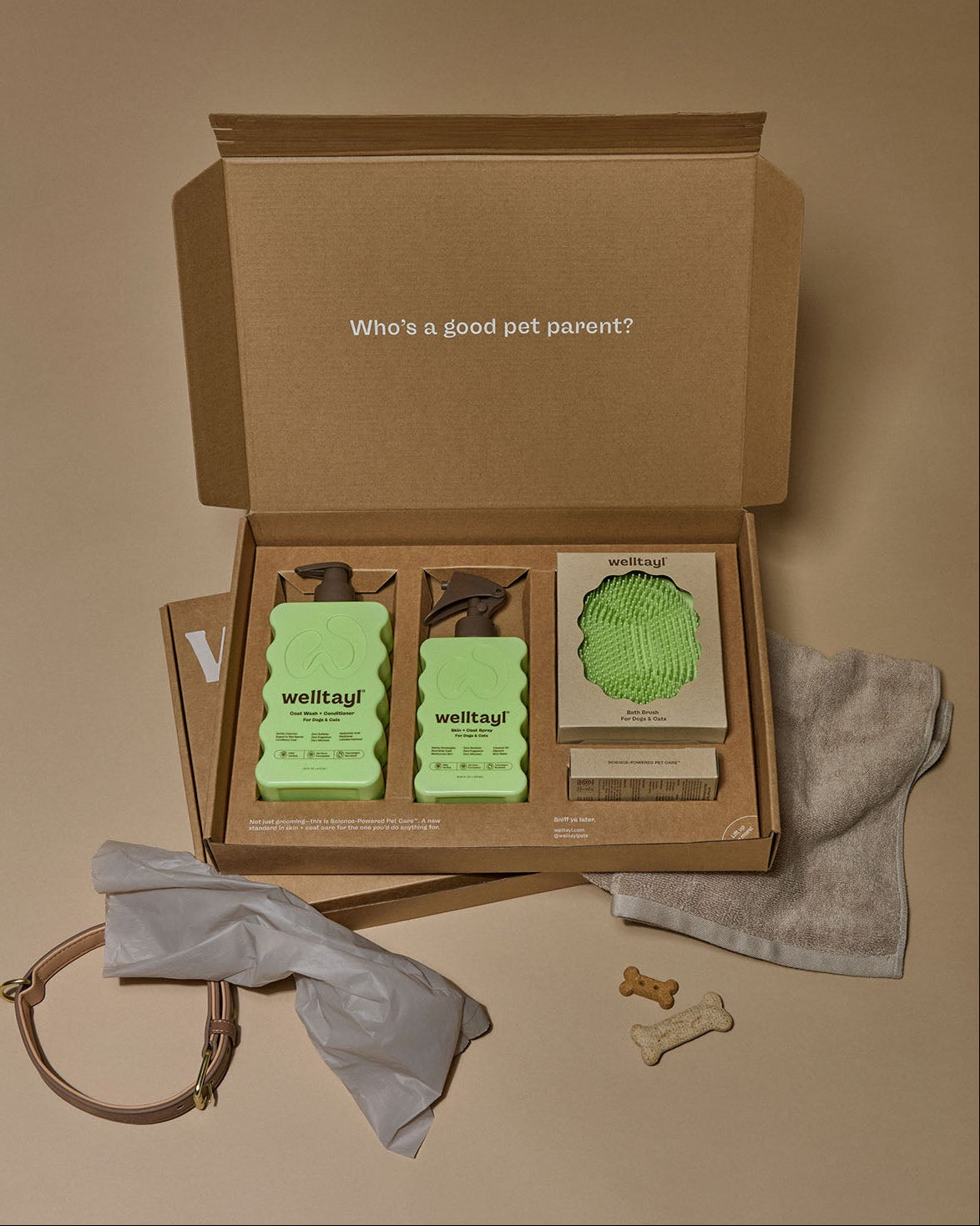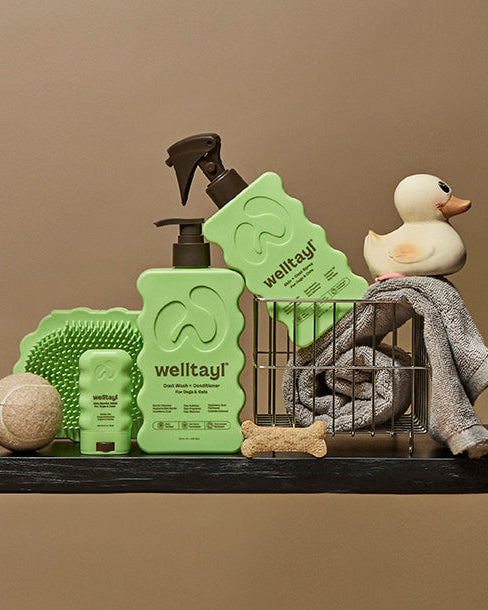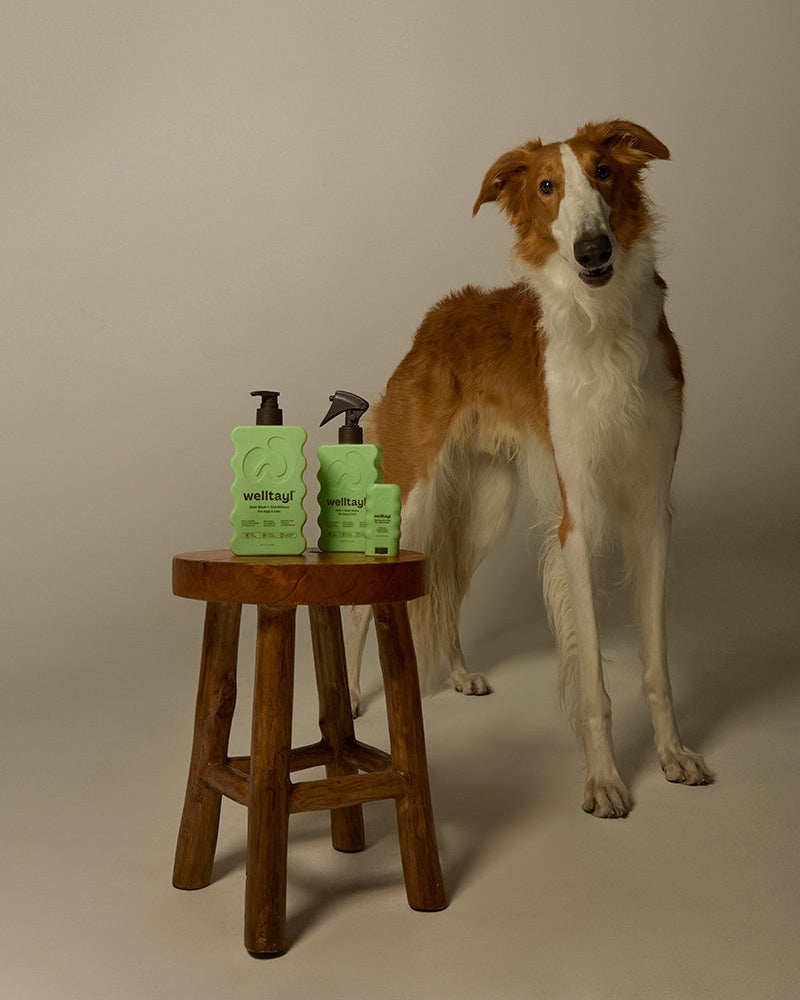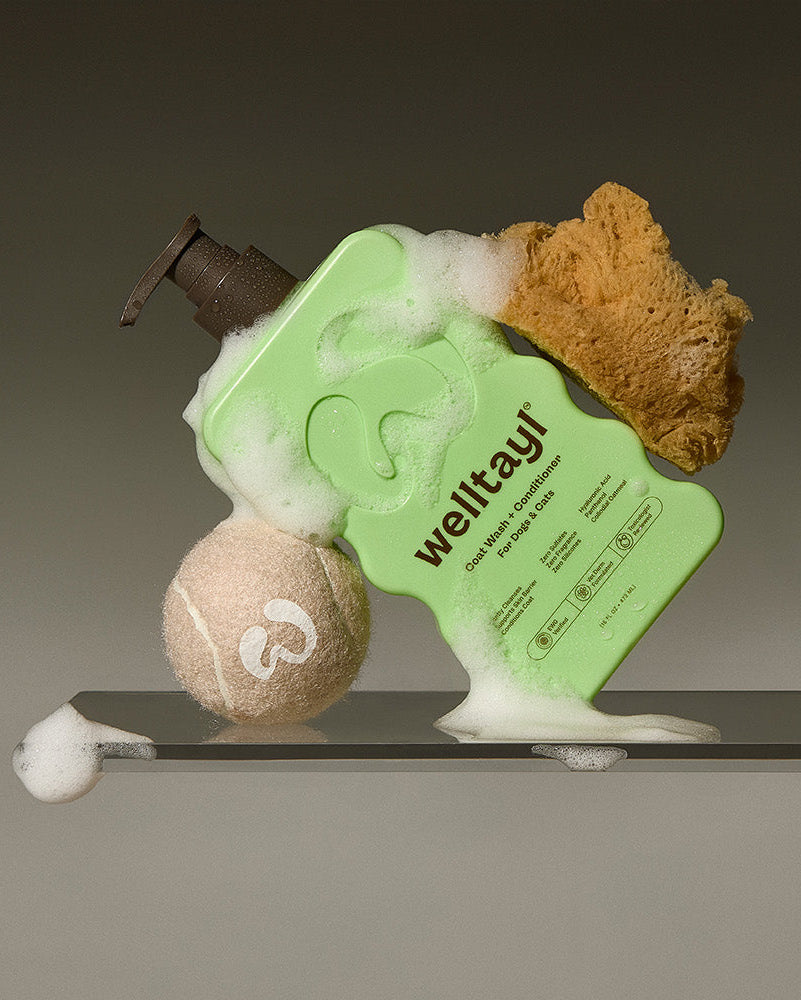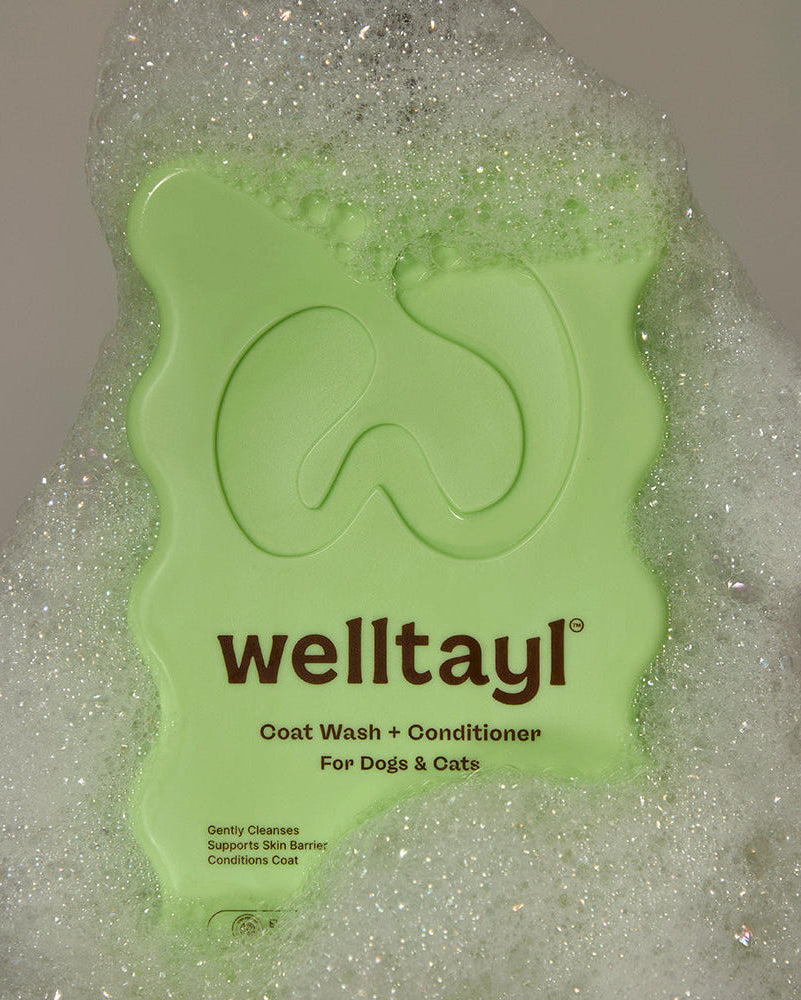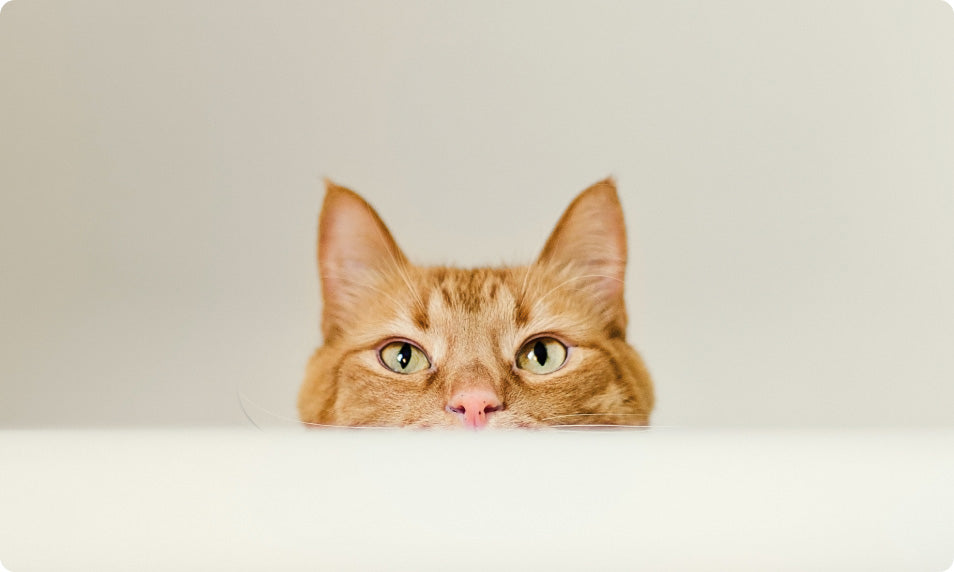Bathing a cat might seem like an impossible task, but it's not only doable; it's sometimes necessary. While most cats are self-cleaning, there are instances where a little human intervention is required. Whether you're the proud parent of a hairless breed needing regular baths to keep their skin healthy, a long-haired feline that struggles to stay clean, or a kitty who can't groom themselves due to age or health issues, knowing how to bathe your cat properly is essential.
Table of Contents:
- Key Takeaways
- Is it Okay to Bathe a Cat?
- Preparing bathing your cat
- Step-by-Step Guide to Bathing Your Cat
- Post-Bath Care for Your Cat
- Alternatives to Bathing
- Tips for Making Bath Time Less Stressful
- Concluding, giving your cat a bath:
- Frequently Asked Questions
Key Takeaways
- 🔑 Preparation is Key: Before bathing your cat, assemble all necessary supplies like cat-safe shampoo, a non-slip mat, and towels. Choose a calm time post-meal or play for a smoother experience.
- 🪜 Step-by-Step Approach: Gently introduce your cat to water, use cat-safe shampoo, and ensure thorough rinsing. These steps reduce stress and keep the bathing process efficient and effective.
- 🧴 Post-Bath Care: Drying and brushing your cat after a bath helps prevent mats and keeps their fur smooth. Rewards like treats or playtime can help associate bath time with positive experiences.
- 🚫 Alternatives Exist: For cats adverse to water, alternatives like cat wipes, dry shampoo, or professional grooming services may offer low-stess ways to maintain cleanliness without a traditional bath.
- 🛡️ Safety First: Use only cat-safe products and ensure a slip-free bathing zone to protect your cat. Prepping your cat by trimming nails and brushing fur beforehand minimizes risks.
- 👍 Patience and Positive Reinforcement: Approach bathing with patience, reassuring your cat throughout the process. Rewards and positive reinforcement make future baths easier for both pet and owner.
Is it Okay to Bathe a Cat?
Absolutely. It's okay to bathe a cat, but it's not always necessary. Since cats do a fantastic job grooming themselves, they often don't need baths. However, there are exceptions. If your cat gets into something sticky, smelly, or toxic, a bath can help them get squeaky clean and safe.
Reduce Dander
Bathing your cat with shampoo has been shown to be an effective method to temporarily reduce the dander they shed that can cause human allergies to flare.
Fleas
If your pet is scratching more than usual, they might have fleas. These pesky critters aren't just annoying; they can lead to health issues. Bathing your cat with a flea shampoo prescribed by a vet is one way to help them itch less and smile more. Remember, tackling fleas is a team sport – you'll also need to clean your house and possibly treat other pets. Additionally, it's a good idea to include monthly vet-prescribed flea prevention, even if they are an indoor-only cat
Dirt or Stains
Cats love to explore, but sometimes their adventures lead to dirt or stains that their tongue can't fix. If your cat looks like they've dabbled in paint or rolled in mud, a gentle bath can help. Use a cat-safe shampoo and rinse thoroughly so they can go back to feeling fabulous.
Medical Conditions
Some cats, especially older ones or those with health issues, might not groom themselves well. In these cases, a bath can help prevent matted fur and keep their skin healthy. Always use a shampoo that's safe for cats and suitable for their specific needs.
Preparing bathing your cat
Gather Your Supplies
Before diving into the bath time adventure, having all the right tools at your fingertips makes the mission smoother. In the world of cat bathing, you are supplied with a cat-friendly shampoo like Welltayl's Coat Wash + Conditioner that won't irritate your kitty’s skin or eyes. Also, consider a gentle bath brush to make sure you're getting rid of all the grime. These two items are your best allies in ensuring a stress-free and effective bath.
Towels, a non-slip mat, and a pitcher or detachable shower head for rinsing are just as crucial. They ensure your cat feels secure throughout the process and helps you in managing the wet aftermath efficiently.
Choose the Right Time
Picking the perfect moment to bathe your cat plays a big part in how smooth the process goes. You’d want to choose a time when your cat is at its calmest—think after a meal or long play session. It’s like choosing to study when you're feeling most peaceful and least distracted, ensuring you're in the right headspace. Bath time should come when your kitty is ready to wind down, making them more receptive to staying put and less likely to make a quick, wet getaway.
Trim Your Cat's Nails
Imagine trying to hold on to a wiggly water balloon covered in tiny, sharp spikes. Not the most pleasant thought, right? That's what bathing a cat with untrimmed nails can feel like. Trimming your cat's nails before bath time protects you from potential scratches and may put you more at ease, knowing they can't accidentally hurt you.
When bathing your cat, ensure you have everything you need within arm's reach (like cat-safe ear cleaner and shampoo, treats, and a non-skid surface for safety). Be gentle, speak soothingly, and offer lots of praise (and treats) throughout the process. Remember, a little patience goes a long way in making bath time a positive experience for both of you.
Let's dive into the steps to ensuring your furry friend stays clean, happy, and healthy without the fuss.

Step-by-Step Guide to Bathing Your Cat
Step 1: Fill the Tub or Sink
Before you even think about introducing your cat to bathe time, start with the water. Ensure it's just a tad warmer than lukewarm. Cats can get overheated because they don't cool down like humans. Filling the tub before your cat steps into the bathroom helps, as many kitties get spooked by the sound of running water.
Step 2: Slowly Introduce Your Cat to the Water
It's time to introduce your cat to the water gently. Consider the first time you jumped into a pool; jumping right in can be scary. Instead, let your cat explore and sniff around the water at their own pace. It might help to place them on a non-skid surface in the tub or use a small cooling rack for them to cling to.
Step 3: Apply Cat-Safe Shampoo
Using cat-safe shampoo is super important - think of it as using the right soap for sensitive skin. Gently massage the shampoo into their fur, but avoid their head for now. Shampoos for special use like a flea or anti-bacterial shampoo may be recommended to have a few minute contact time after lather prior to rinsing. Remember, the appropriate products make all the difference in keeping your cat's skin and coat healthy. Want more pet care tips? Join the our newsletter at for all the best advice!
Step 4: Rinse Thoroughly
Rinsing is just as crucial as the bath itself. You’ll want to remove all the shampoo from your cat's fur. Use a pitcher or a gentle sprayer attachment to wash all the suds away, ensuring you're as thorough as possible.
Post-Bath Care for Your Cat
Brushing Your Cat
After your cat's bath, drying and brushing are important steps to keeping their fur looking smooth and preventing any tangles from forming. A bath brush or grooming brush, sometimes called a duo brush, makes this job easier. This brush has two sides—one with bristles for smoothing and one with pins for detangling. Using it helps fluff up your cat's coat while also working out any knots, making them feel comfy and look awesome. You might also use a skin + coat spray to soothe and maintain a healthy, shiny coat between baths.
Reward Your Cat
Finally, don't forget to show some love to your kitty after the bath. Bath time might not be their favorite activity, so treats, cuddles, or a bit of playtime can help turn it into a positive experience. It's like getting ice cream after having to do something tough—suddenly, it doesn't seem so bad. Rewarding your cat helps them associate bath time with good things, making it easier for both of you next time. Plus, who doesn't like making their cat feel happy and loved?
Alternatives to Bathing
Not all cats enjoy water, and sometimes, giving them a full bath isn't necessary or even possible. If you're looking for easier ways to keep your cat clean without the splash, struggle, or stress, here are some great alternatives.
Cat Wipes
Using cat wipes is a super quick and easy way to clean your cat without making them wet. Cat wipes are specially made to be safe for cats, helping to remove dirt and reduce odors from their coat. They're perfect for spot cleaning, especially if your cat has just a little dirt on their paws or fur. Just like you'd pick a specific wipe for your face, make sure the wipes you use are made just for cats to avoid any irritation.
Dry Shampoo
Dry shampoo for cats is another fantastic way to clean them without water. You simply apply the shampoo to your cat's fur, massage it in to absorb oil and dirt, and then brush it out. Not only does this method leave your cat's coat looking fresh and smelling great, but it's also a stress-free experience for both of you. No water means no mess and no fuss!
Professional Grooming
Sometimes, the best option is to leave it to the pros. Professional groomers have the right tools and experience to handle even the fussiest felines. They can give your cat a thorough cleaning, trim their nails, and even catch any potential skin issues that you might not notice. Plus, many cats who dislike water at home somehow behave better for a groomer—it's like they know it's their spa day!

Tips for Making Bath Time Less Stressful
Bathing your cat doesn't have to feel like mission impossible. With the right approach, you can make the experience less stressful for both you and your feline friend. Remember, patience and preparation are key. Here’s how:
Get Help
An extra pair of hands can be a game-changer. Having a friend help you means one can hold and soothe the cat while the other focuses on the washing. This teamwork approach can keep your cat calmer and make the process faster and more efficient.
Minimize Noise
The sound of running water can scare cats. Fill the tub or sink before bringing your cat into the room to avoid any panic-inducing noises. Using a washcloth for the face and ears can also help keep things serene.
Use Cat-Safe Products
Always opt for cat-safe shampoo and ear cleaner. These products are designed with your cat’s sensitive skin and health in mind.
Create a Slip-Free Zone
Place a bathmat, towel, or another non-skid surface in the bottom of the tub or sink. This gives your cat a sense of security by preventing slipping, making them feel safer during bath time.
Be Quick and Efficient
Keep the bath as brief as possible. Wash only the necessary parts and rinse thoroughly. A quick bath reduces stress for your cat and decreases the chance of a struggle. Treats can serve as a good distraction and reward, making the experience more positive for your cat.
Concluding, giving your cat a bath:
Bathing your cat doesn't have to be a battle. With the right approach and tools, it can even become a bonding experience. Remember, the key is preparation, patience, and using the correct products. Whether you opt for traditional bathing methods or alternatives like cat wipes and dry shampoo, your feline friend's comfort and safety should always come first. And please remember, treating bath time as a positive experience with many treats and gentle reassurance can transform it from a chore into a pleasant routine. By following these guidelines, you'll keep your cat clean and healthy and strengthen the special bond you share. Ready to dive deeper into cat care? Don't miss out on more expert advice – sign up for our newsletter today.
Frequently Asked Questions
What Is the Easiest Way to Bathe a Cat?
The easiest way to bathe your cat involves a bit of prep and patience. First, ensure you've got everything ready before you even think of turning on the water. This includes cat-safe shampoo, a non-slip mat for the tub or sink, a cup for rinsing, and a towel for drying. Putting a pea-sized amount of artificial tears in your cat's eyes can protect them from soap before you start. During the bath, talk to your cat in a calm and reassuring voice. After you're all set, gently wet your cat with a spray nozzle or cup, apply the shampoo, and rinse thoroughly. Remember, quick and gentle does the trick!
How Do I Wash My Cat Without Getting Scratched?
To avoid those sharp claws, wrap your cat in a large towel before you lift them into the bath area. This helps to prevent scratches and makes your cat feel more secure. You can also consider trimming their nails prior to bath time. Use a calm voice and don't rush; sudden movements can scare your cat and provoke scratching. Wearing thick gloves can also offer an extra layer of protection for your hands. Engaging another pair of hands to gently hold and soothe your cat while you wash can make the process smoother. Lastly, treats and praise throughout the bath can help keep your cat calm and distracted.
How Often Should a Cat Be Bathed?
Cats naturally groom themselves, so they typically don't need baths often. However, if your cat gets into something sticky or dirty, or has a skin condition that requires regular bathing, you might need to bathe more frequently. Generally, bathing your cat once every 4-6 weeks is enough to keep them clean without over-bathing, which can dry out their skin and fur. If you're unsure how often your cat should be bathed, especially if they have skin issues, it's best to consult your vet for advice.
Resources:
- "Cat bathing," PubMed
- "Cat dander and allergies," PubMed, Journal of Allergy and Clinical Immunology
- "Medicated shampoos," SynergyLabs
Read more

Learn about dog dreams, REM sleep, and how your dog experiences dream adventures. Should you wake them? and what they be dreaming about? Learn more.
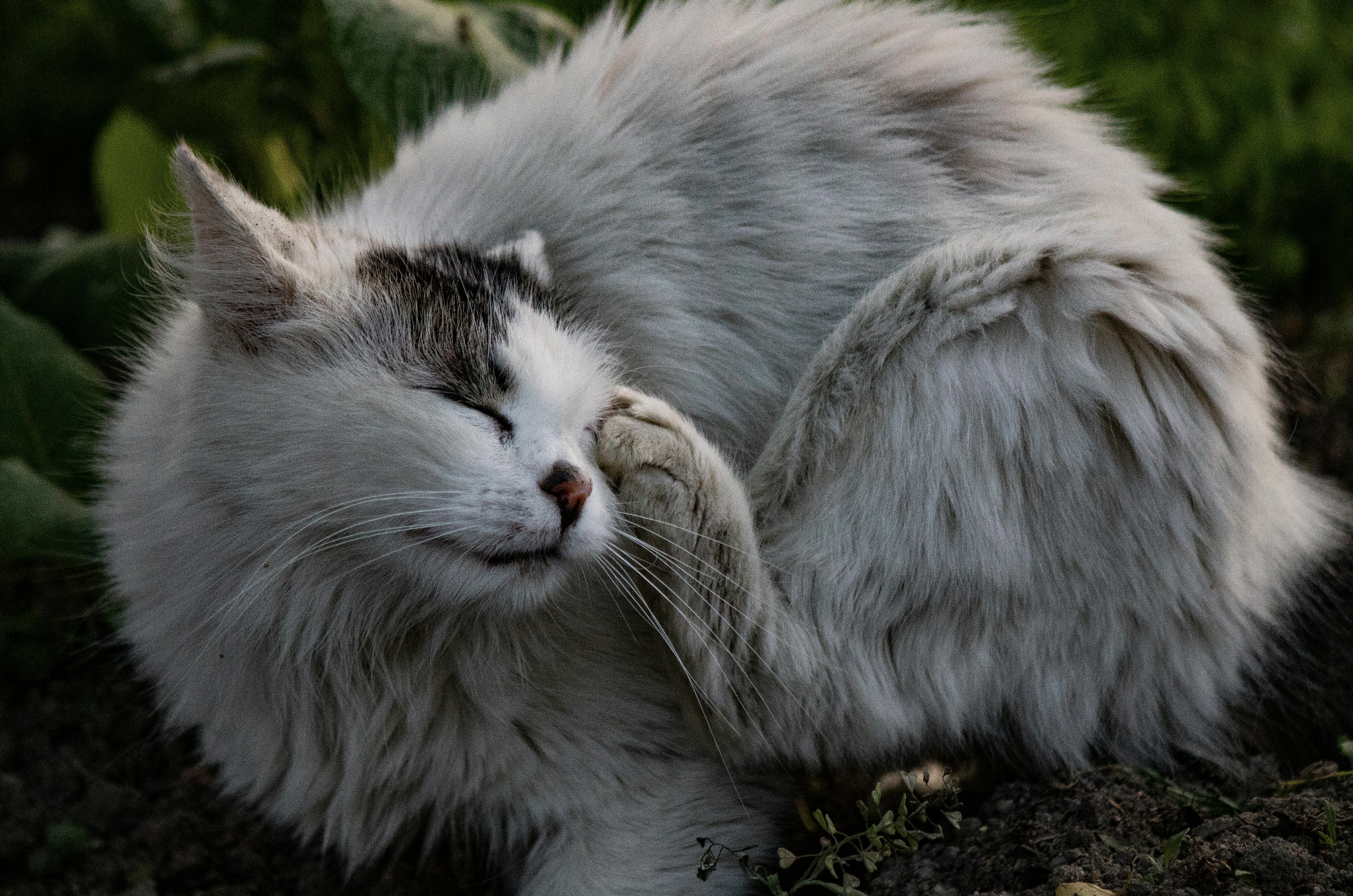
Discover effective remedies and prevention tips for your cat's dry skin. Keep your feline friend comfortable and healthy with this full guide. Learn more now!

